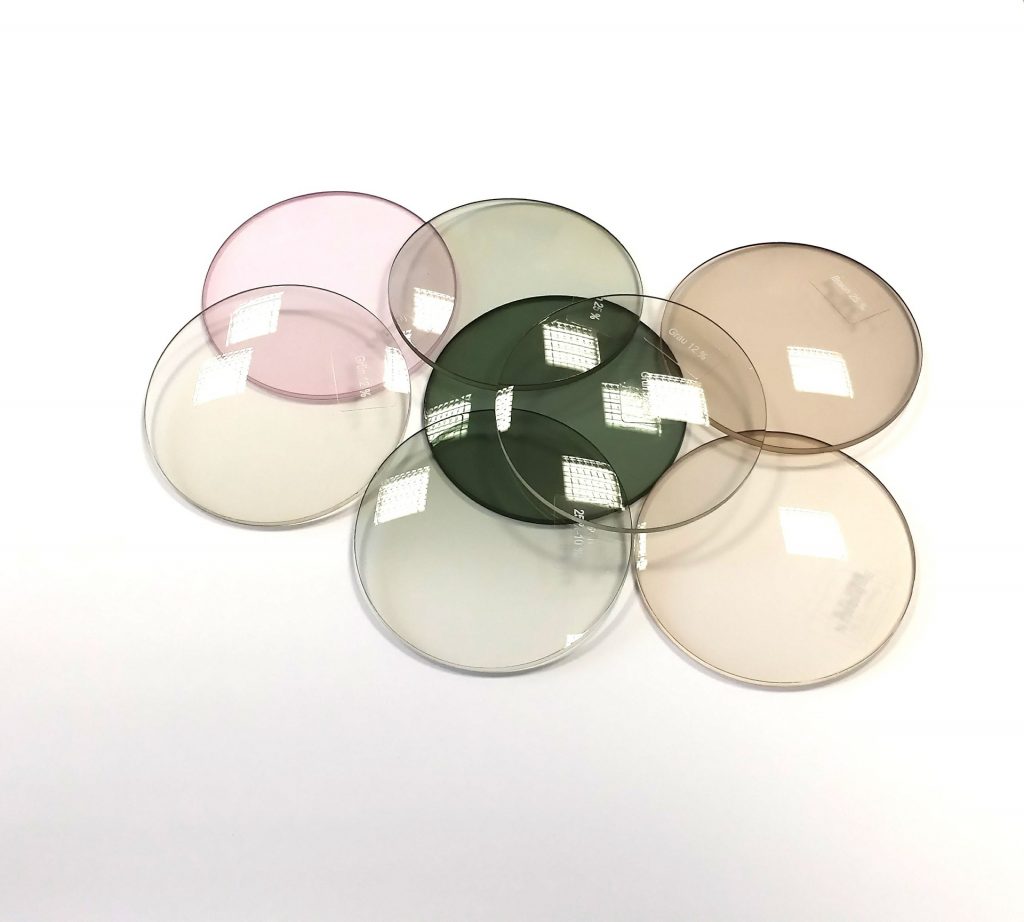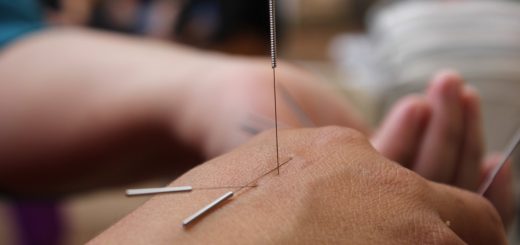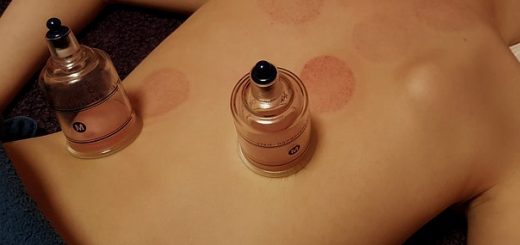Everything You Need to Know Before Getting Contact Lenses

Contact lenses are great for some people. But not so much for others. So how do you know if they are perfect for you? Do you find it too intimidating to trade your glasses for contact lenses? If you do, keep reading! This post will cover everything you need to know about them and help make the transition relatively stress-free.
The Three Types of Contacts
You will usually be told that there are two major groups of contacts: soft contact lenses and rigid gas permeable contacts. So you have a holistic understanding of the types of contacts that are available to you, we’ve added a third category to this list: specialized contact lenses.
1. Soft Contact Lenses
Soft contact lenses are extremely thin and are generally the most commonly prescribed contact lenses. Made mostly of water, these contacts are soft and comfortable to wear. It is, therefore, easy to adapt to them. Soft contacts can be used for cosmetic purposes only, or be used to correct various vision problems, such as:
- Myopia (Near-sightedness)
- Hyperopia (Farsightedness)
- Astigmatism (blurred vision)
- Presbyopia (Age-related loss of close-up vision)
You can also get two types of soft contact lenses: the disposable lenses, and the extended wear ones. The one-day wear, or daily wear, contacts are meant to be worn for one day only and must be disposed of at night. Other disposable lenses include the two-week disposable lenses, monthly disposable lenses and, for some prescriptions, quarterly disposable lenses. These have to be worn during the day only and must be removed at night for cleaning and disinfecting. Extended wear lenses, also known as overnight lenses, can be worn continuously for up to 30 days continuously (24/7).
2. Rigid Gas Permeable Contact Lenses
Made of hard plastic, rigid gas permeable contact lenses are durable and last considerably longer than soft contact lenses. They provide a crisp, clear vision for people with most vision problems and can even correct some of these vision problems. Since they allow more oxygen to the cornea, they are perfect if you have “dry eyes.” Unlike soft contact lenses, you won’t be given daily wear contacts. You can instead choose between those that can be worn several times but that has to be removed at night for cleaning and disinfecting or those that can be worn continuously over a period of 7 days or 30 days.
3. Specialized Contact Lenses
Specialized contact lenses are prescribed in specific situations. These lenses include:
- Tinted contact lenses
It’s a common misconception that tinted contact lenses are only used for cosmetic purposes. They can also be used for therapeutic purposes as the tinting can improve colour perception or compensate for colorblindness.
- Multifocal contact lenses
Multifocal contact lenses can be both soft and rigid and are used to correct nearsightedness, farsightedness and loss of close-up vision (due to old age) at the same time.
- Hybrid contact lenses
Contact lenses that have a rigid gas permeable center that is surrounded by a soft outer ring are called hybrid contact lenses. They are used to correct irregular corneal curvature, blurred vision, nearsightedness, farsightedness, and age-related loss of close-up vision.
- Orthokeratology
Orthokeratology is rigid gas-permeable lenses that can be worn at night and are used to temporarily change the curve of your cornea. This will give you a clearer vision while you’re awake.
- Scleral contact lenses
Also a type of rigid gas-permeable lenses, scleral contact lenses are larger than most and are used to correct vision in patients that have irregular or distorted cornea.
- Contact lens coatings
Contact lens coatings are applied to soft and rigid gas permeable contact lenses and make the surface of the lens more resistant to bacteria sticking to it.
Pros and Cons of Using Contact Lenses

The Pros:
- More convenient than glasses when exercising.
- They provide a wide field of view and don’t cause vision distortions and obstructions.
- They won’t fog up when it’s cold and you won’t have to worry about constantly wiping them when it rains.
- Since they are so discrete you don’t have to worry about them clashing with what you’re wearing. But at the same time, you can experiment with them and get different eye colours.
The Cons:
- You might problems applying the contact lenses to your eyes.
- Contacts can cause or increase the severity of dry eye syndrome as they impede the flow of oxygen to the eyes.
- Contact lenses also contribute to symptoms of computer vision syndrome.
- Unlike with glasses, you will have to diligently clean and disinfect them to decrease the risks of potentially serious eye infections. Unless you choose to get daily-wear lenses.
- Sleeping with contacts that are not meant to be worn continuously can leave you with dry, gritty, red and irritated eyes.




With how much easier it is to use contact lenses, I can really see them being what I need to fix my vision issues. They’ve been getting worse and worse each day, so I can really see it being something that I desperately need help with in a convenient manner. Contact lenses sound perfect for this, so I’ll get some help from an optometrist in the area for sure.